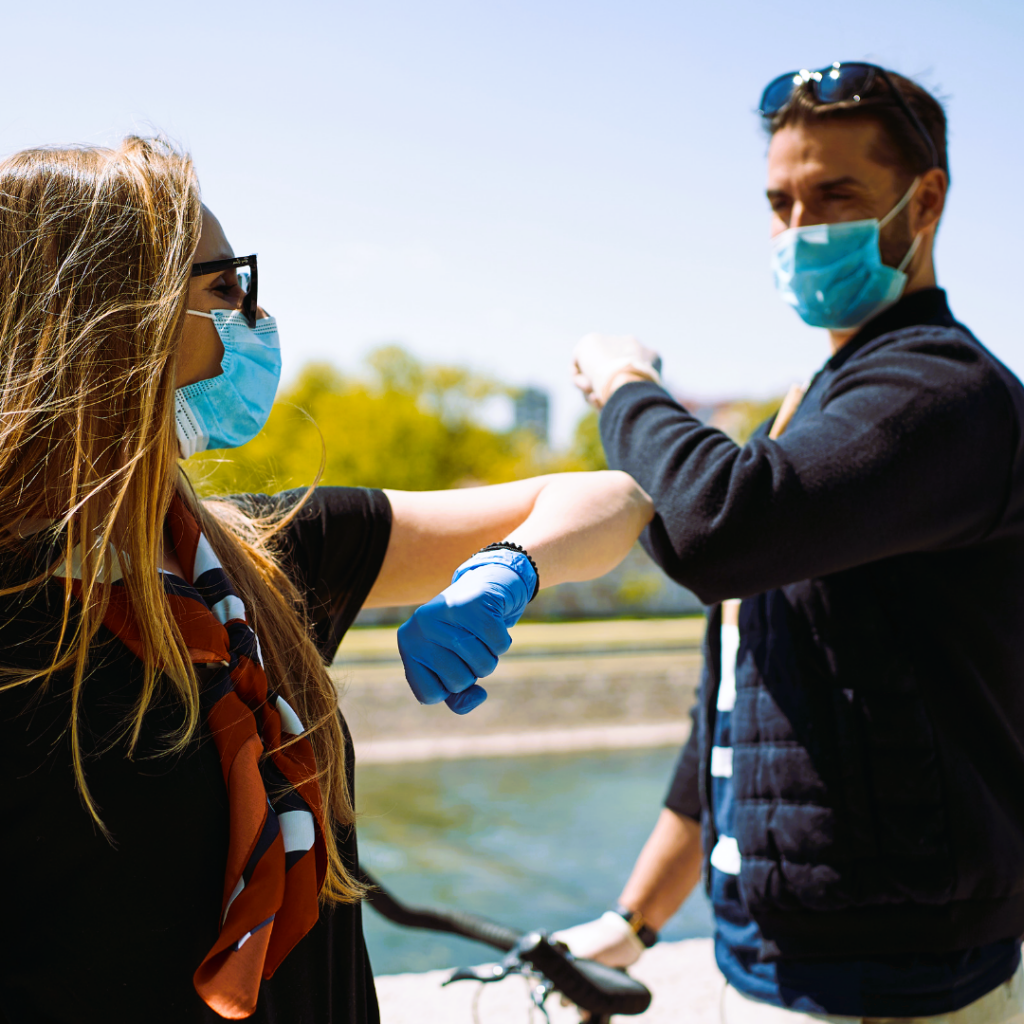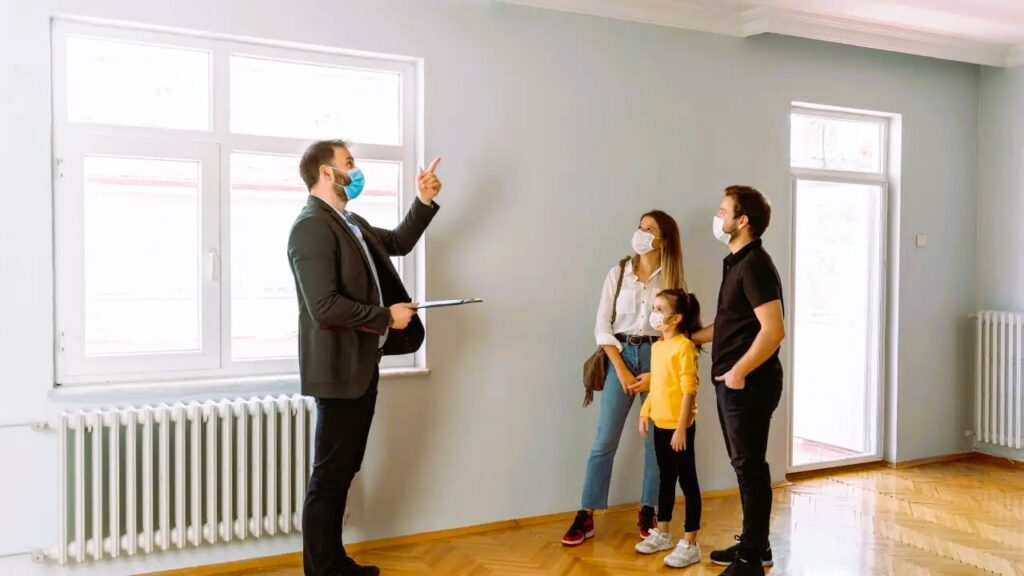The COVID-19 pandemic has significantly impacted various industries worldwide, including the real estate and home inspection sectors. As governments implemented social distancing measures and restricted non-essential activities to curb the spread of the virus, home inspections faced new challenges and adaptations to ensure the safety of inspectors, homeowners, and occupants. In this article, we’ll explore the impact of COVID-19 on home inspections, the safety measures implemented to mitigate risks, and the emergence of remote inspection solutions to adapt to the new normal.
Challenges Faced by Home Inspections During COVID-19
The COVID-19 pandemic introduced several challenges for home inspections, including:
- Health and Safety Concerns: Home inspections typically involve close interaction between inspectors, homeowners, and occupants, raising concerns about potential virus transmission and exposure.
- Social Distancing Requirements: Social distancing measures and restrictions on gatherings made it challenging to conduct traditional in-person home inspections safely.
- Access Limitations: Some homeowners and occupants may have been reluctant to allow inspectors into their homes due to health and safety concerns, limiting access for inspections.
- Travel Restrictions: Travel restrictions and lockdown measures may have disrupted inspection schedules and limited inspectors’ ability to travel to and from inspection sites.
Safety Measures Implemented for Home Inspections

To address the challenges posed by COVID-19, home inspection professionals implemented various safety measures to protect themselves and others while conducting inspections. Some common safety measures include:
- Personal Protective Equipment (PPE): Inspectors began wearing personal protective equipment, such as masks, gloves, and face shields, to reduce the risk of virus transmission during inspections.
- Hand Hygiene Practices: Inspectors adopted rigorous hand hygiene practices, including frequent hand washing and the use of hand sanitizer, to prevent the spread of the virus. Do you like the article? Read also about Mold and moisture.
- Social Distancing Protocols: Inspectors implemented social distancing protocols during inspections, maintaining a safe distance from homeowners and occupants whenever possible.
- Remote Communication: Inspectors utilized remote communication technologies, such as phone calls, video conferencing, and virtual tours, to communicate with homeowners and occupants and minimize face-to-face interactions.
- Enhanced Cleaning Procedures: Inspectors implemented enhanced cleaning procedures for inspection equipment and tools to reduce the risk of cross-contamination between properties.
Remote Inspection Solutions
In response to the challenges posed by COVID-19, the home inspection industry embraced remote inspection solutions to adapt to the new normal and continue providing essential services to clients. Remote inspection solutions allow inspectors to conduct inspections without physically entering the property, reducing the risk of virus transmission and providing convenience for homeowners and occupants. Some common remote inspection solutions include:
- Virtual Inspections: Virtual inspections involve homeowners or occupants using smartphones or other devices to conduct live video tours of the property while interacting with the inspector remotely. Inspectors can guide homeowners through the inspection process, ask questions, and identify potential issues without being physically present.
- Drone Inspections: Drone technology allows inspectors to capture high-resolution aerial images and videos of properties, providing valuable insights into roof conditions, building exteriors, and other hard-to-reach areas without the need for ladder access.
- Remote Sensor Technology: Remote sensor technology, such as moisture meters, temperature sensors, and air quality monitors, allows inspectors to gather data on key environmental conditions and potential hazards within the property remotely.
- Digital Reporting and Documentation: Inspectors can use digital reporting and documentation tools to create detailed inspection reports, annotate photos and videos, and share findings with clients electronically, minimizing the need for paper-based documentation and in-person interactions.
Adapting to the New Normal

The COVID-19 pandemic has reshaped the landscape of home inspections, prompting industry professionals to adopt innovative solutions and adapt to the new normal. While traditional in-person inspections remain essential for thorough evaluations of properties, remote inspection solutions offer additional flexibility and convenience, particularly in situations where in-person inspections may not be feasible or safe. By implementing safety measures and embracing remote inspection technologies, home inspection professionals can continue to provide valuable services to clients while prioritizing health and safety during these challenging times.
In conclusion, COVID-19 has had a profound impact on the home inspection industry, prompting the adoption of new safety measures and remote inspection solutions to ensure the health and safety of inspectors, homeowners, and occupants. By implementing rigorous safety protocols, such as personal protective equipment, social distancing, and enhanced cleaning procedures, inspectors can mitigate the risks of virus transmission during in-person inspections. Additionally, remote inspection solutions, including virtual inspections, drone technology, and remote sensor technology, offer innovative alternatives to traditional in-person inspections, providing flexibility and convenience for clients while adapting to the new normal. For more information on COVID-19’s impact on home inspections and safety measures, visit Canada.ca.

